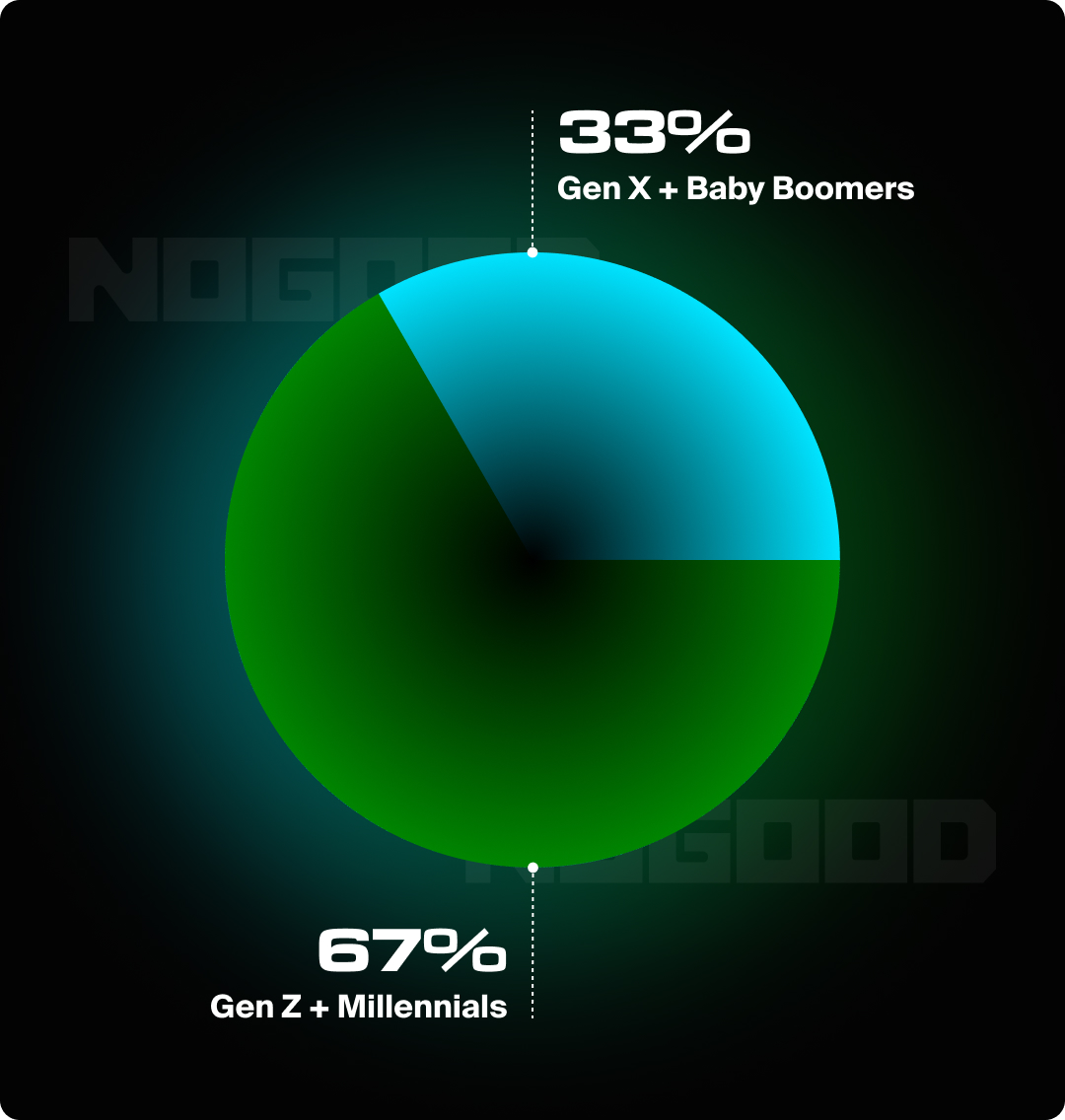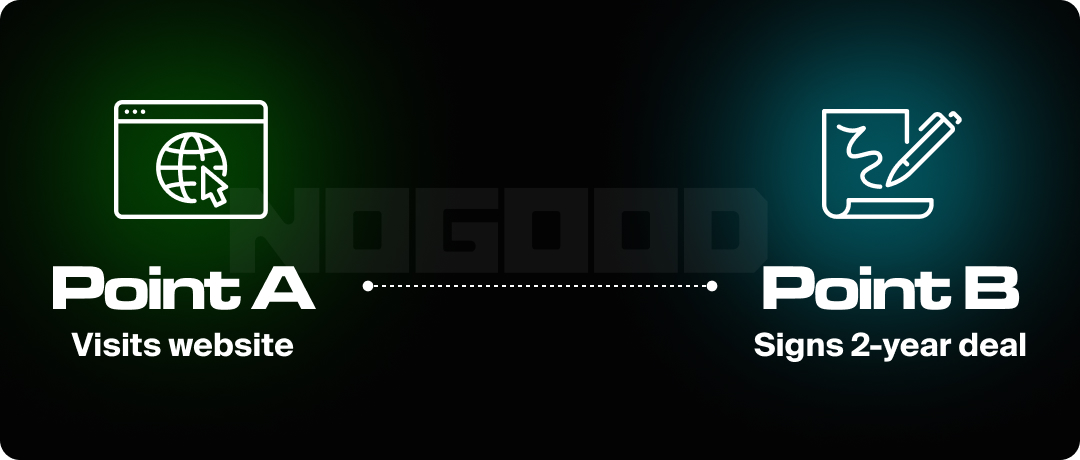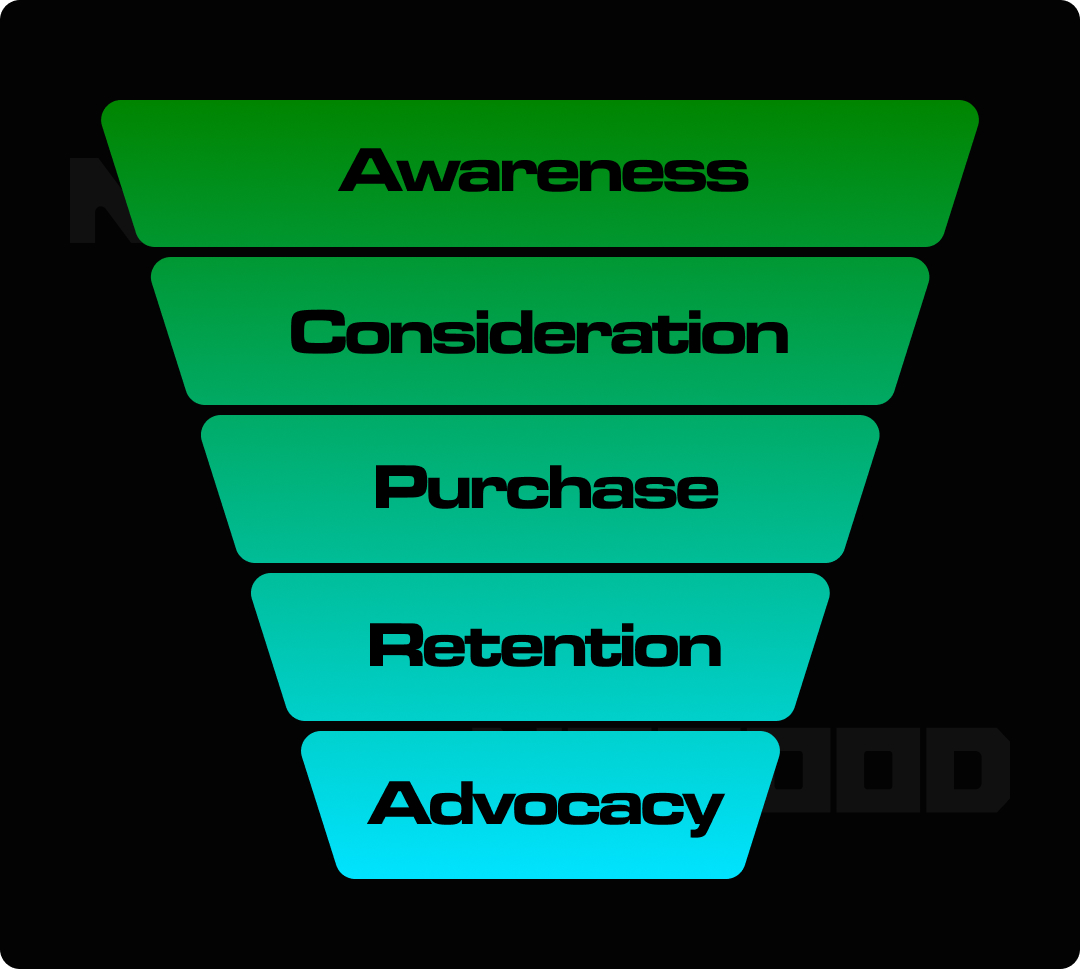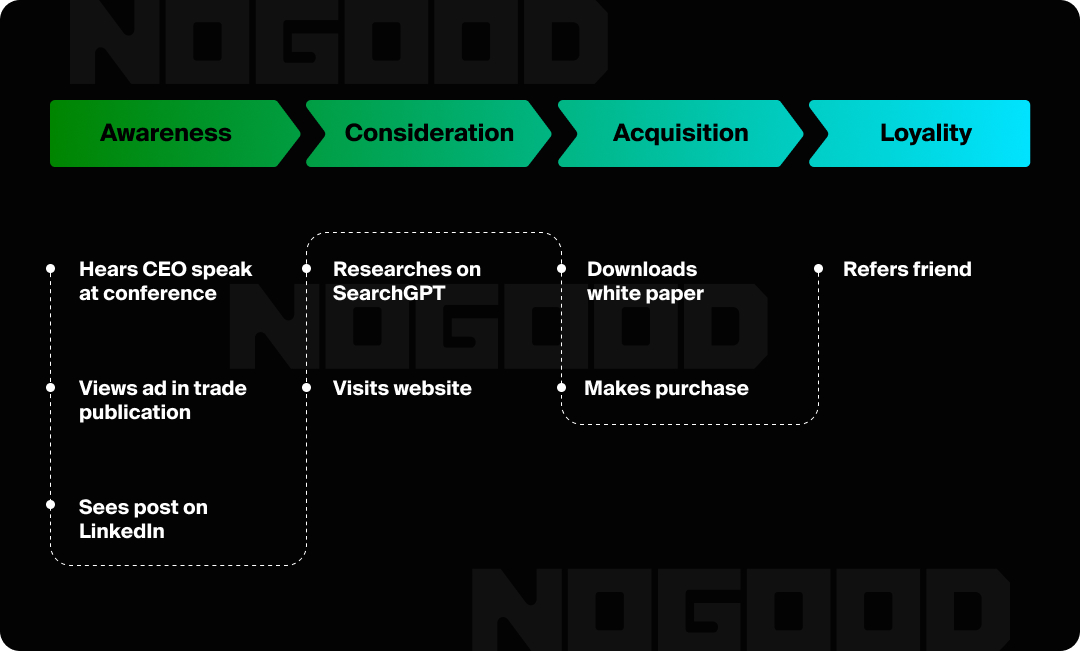
The pace of change in sales and marketing, like the rest of life, continues to accelerate. The B2B sales cycle used to involve a lot of, well, salespeople. That’s no longer the case in many situations, and younger generations – Millennials and Gen Z make up roughly two-thirds of B2B buyers – prefer to learn from your website, not your people.
“Lack of understanding about Millennial and Gen Z buying behaviors can adversely affect providers’ ability to reach, engage, and ultimately win these buyers over,” explains Amy Hayes, Forrester’s vice president and research director.
New trends in SEO continue to unfold. As zero-click searches surge, the days of Googling a product or service and heading to a website may fall by the wayside. Answer Engine Optimization (AEO) has emerged as a new frontier, so now more than ever, answering your potential customers’ questions clearly and efficiently will provide the key to your B2B success.
With all this change, one thing has stayed the same: If you’re not mapping your customer’s journey, you’re lost.
The B2B sales cycle can take years. While digital marketing remains essential, relationships, events, and other factors may weigh heavily. For continued success in the B2B space, you may need to add a new skill: customer cartologist.
Why Map the Customer Journey?
Mapping a B2B customer journey does more than refresh your understanding of customer touchpoints. It helps by showing you where friction exists. Once you know where the friction is, you can work to remove it wherever possible to drive increased conversion rates. Without quality B2B customer journey mapping, you’ll miss out on accurate data-driven optimization opportunities.
A Bad Map Leaves You Lost

Everyone has experienced it – you’re somewhere new, you need to get to your destination ASAP, and the map won’t load or your phone dies. You feel disoriented, which leads to desperate decisions, and often causes you to waste time turning one way, then backtracking after realizing you took the wrong turn.
The same truth applies to B2B marketing. With so many possible touchpoints, pretending your customer journey goes smoothly from A to B will have you focusing on the wrong problems and false solutions. Since B2B marketing often requires expensive initial outlays, a bad map wastes a significant amount of money.
The Buyer’s Journey vs. the Customer Journey
Bought a product recently? Was that the end of your interaction with the product or company? Probably (hopefully!) not, and that’s the difference between the buyer’s and customer journeys. The buyer’s journey ends with the purchase, whereas the customer journey continues on well after that point – think about the customer. Customer feedback, customer satisfaction, and customer service all play a pivotal role in the post-sale portion of the customer journey.
We recommend remapping your customer journey – not just the buyer’s journey – at least once a year. This doesn’t require an all-consuming process, but if you don’t rework the map after major changes, you’ll run your sales and marketing operations on bad data, so even data-driven decisions will miss the mark.
If your efforts conclude with the buyer’s journey, you miss out on learning how your customers turn into growth agents for your business, and how you might incentivize the acceleration of that process and scale results. Your relationship with your customer never ends with the sale.
What Are the 5 Stages of the B2B Customer Journey?

The B2B customer journey includes many touchpoints along the way, but we can break up the voyage into a handful of specific phases:
1. Awareness
Your potential customer runs into a problem that needs a solution. For example, an analytics provider stops offering integration with a major platform, and your potential customer needs either a patch or an entirely new provider. Your customer starts casually asking around, and hears your company’s name mentioned by a friend in the same industry or sees your video on LinkedIn. They may follow that up with an online search and read a blog post about the topic, but they’re not ready to sign a deal yet, and will dive in deeper in the next phase.
2. Consideration
The potential customer now begins investigating in detail, perusing your website and those of your competitors to find the best value. This phase will include zero-click searches, conversations with industry allies, focused pricing and product comparisons, and more, so it’s time for your marketing team to shine. Make sure your marketing efforts, including SEO, AEO, U/X, and social media, match the moment.
3. Purchase
You did it! The potential customer has become a buyer, and you’ve reeled in the big fish. Don’t throw the fish back into the ocean – continue the relationship to the next stage.
4. Retention
The contract nears its completion and you negotiate another term, right? No! Oftentimes, the B2B customer journey includes multiple decision makers and different end users; this means you need to foster at least one advocate on the client side at various levels of the organization.
Earn loyal customers through excellent service and a great product. Then, track sales data on the retention phase so you can optimize when and how you approach re-upping, as well as what upsell opportunities make sense for different types of clients. Transform customer retention from a hope into a plan.
5. Advocacy
Thanks to a great experience, your customer becomes a brand advocate, helping you drive even more revenue. Include a referral program to convert this word-of-mouth boost into a, well, conversion machine. Consider double-sided incentives, where the referrer and referred both benefit.
How to Map the Customer Journey

Since the B2B customer journey generally involves multiple stakeholders, you’ll need to create buyer personas: characters who represent your B2B customers, based on your customer data. Perfect personas don’t exist, but they’ll help you tell your customer’s story. Depending on your offering, you’ll need to work on several personas, including users, managers, directors, and C-Suite executives.
Before you start mapping, gather your customer data. This includes customer touchpoints across a variety of channels: marketing, sales, customer service, and beyond. With more and more touchpoints popping up over time (think of how many social media and marketing channels you operate, let alone physical touchpoints), customer journeys swerve and follow anything but a linear path. Did your CEO speak at a conference where one of your buyer personas attended? That’s a touchpoint. Did you run an ad in a trade publication? Touchpoint.
Take that data and lay it on top of the five stages you just read about above. This will be a visual exercise, so you may want to draw on a whiteboard, or use a digital space like Miro.
It won’t be possible to track some touchpoints, which means they reside in the dark funnel – the realm of contact with potential buyers or existing customers not attached to a pixel or tag for easy attribution. From a conversation with a cousin in the same field to a Facebook group discussion or a group text, these steps don’t fit neatly into a typical sales funnel.
Don’t let this distract you. Plot customer touchpoints on your board and insert data wherever possible. From surveys and digital tracking, do you know that 50% of your conversions include organic social media posts? Can you say that half of potential buyers who download your white paper convert? Use whatever data you have, and aim to include more as you gather it over time, filling in the gaps.
Take these points on the map and connect them, with details about pain points and emotions your buyer personas encounter from step to step. Use as much detail as you can along the way. For example, you might note that when users hit your landing page, they run into a redirect, degrading their experience and causing a drop-off in users who would likely move toward the next touchpoint, and ultimately convert.
Uncovering friction your team had no idea existed creates optimization opportunities to push potential customers toward the bottom of your funnel and beyond.
Invest in Mapping Your Customer Journey
If you haven’t taken a hard look at your customer journey in the past year, start the process now. The investment of time and energy will prove well worth it. Mapping your customer journey may seem daunting, but it helps identify friction, soothe customer pain points, improve conversion rates, and lead to fulfilling your ultimate goal: increasing revenue.
B2B Customer Journey FAQs
When do I need to map out a B2B customer journey?
ASAP if you haven’t done so in the last year, or since any major changes were made to your website or sales process.
What B2B customer journey and buyer’s journey terminology do I need to know?
- Buyer personas: A character created to represent your B2B customers, based on your customer data. You may have a number of personas, depending on your offering and customer behavior.
- Customer touchpoints: Any customer interaction with your brand. From meeting with an employee to seeing an ad on social media, touchpoints take place before, during, and after a sale.
- Pain points: The issues – big and small – that potential customers need your help in fixing.
- Dark Funnel: A customer’s buying journey touchpoints not easily tracked – or tracked at all – by attribution software.
- Community-Based B2B Marketing (CBM): An approach that focuses on building and nurturing relationships with potential customers through online communities and social media.
How long is a typical B2B buyer’s journey?
This depends on your product or service. Generally, the more expensive the purchase, the longer it takes. The B2B sales cycle often lasts between six months and two years.
When it comes to renewing existing contracts, the actual decision-making time may fly faster than expected, even if the agreement on final contract(s) is dragged out or negotiated for long periods of time.
What is the difference between a buyer’s journey and a sales funnel?
A buyer’s journey is every step along the way toward a purchase for a customer. A sales funnel is where your company comes in, from the first touchpoint to the close of the deal. Your sales funnel will likely not start the buyer’s journey, but rather intersect with it.




